Text
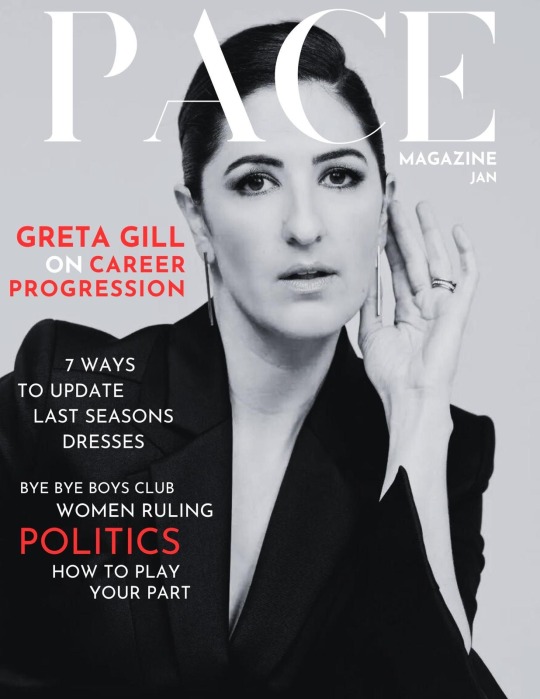
Hi!
Welcome to Career Progression. Our little story is linked below and over the next several updates, we’ll be posting story “extras” that give you a peek at the inner workings of Carson and Ms Gill’s world. Happy reading! 😉
#this story#oh my god#I read every chapter the moment it comes out it’s so good#writer/assistant Carson and boss Greta are everything
19 notes
·
View notes
Text
Break me off another tangerine wedge I’m not driving
18K notes
·
View notes
Text
How to write a ‘the villain gets the girl’ romance
By Writerthreads on Instagram
The villain getting the girl is one of my favourite tropes ever because it’s the perfect combination of enemies to lovers, angst, fluff, and character development. That’s why I decided that it’s about time for me to make a post on this specific trope! Here are some of my tips:
1. Develop your villain
Create a multifaceted and intriguing antagonist who doesn’t have one single personality trait of evilness or hatred towards your MC. Give them a backstory, motivations, and flaws that make them compelling, while show their growth potential and their capacity for change so your MC doesn’t end up falling for a totally evil monster. Unless you want them to.
2. Establish the conflict
Set up a conflict between the villain and the protagonist that initially puts them at odds. This conflict could be ideological, personal, or due to their different roles in society. If they’re a proper villain who actively fights or goes against the MC, there can be great moments for them to soar either physically or verbally so they can actually interact and kind of get to know each other.
3. Show vulnerability
Reveal the vulnerable side of the villain. Let the readers see their internal struggles, doubts, or regrets. This helps humanize the character and makes their transformation more believable, while also giving us great angsty moments or fluffy ones when the hero comforts the villain or helps they get better.
4. Give the villain a catalyst for change
Introduce a catalyst that pushes the villain to question their beliefs or actions. This could be an event, a person, or a realization that challenges their worldview and sets them on a path of redemption. Alternatively, you could show the villain gradually improving, highlighting the moments where they start making choices that deviate from their villainous nature.
5. Redeem your villain
To strengthen the romantic elements, have the villain make sacrifices or take risks to protect or help the MC. Show their genuine remorse for past actions, and show them actively righting wrongs while the MC realises what the villain is doing to correct themselves.
To conclude, a good ‘villain gets the girl’ romance only works well when the romance is well earned and believable, and the romance is built on genuine challenges and emotions.
319 notes
·
View notes
Text
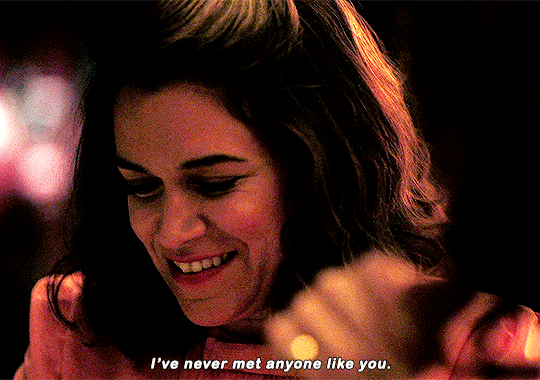

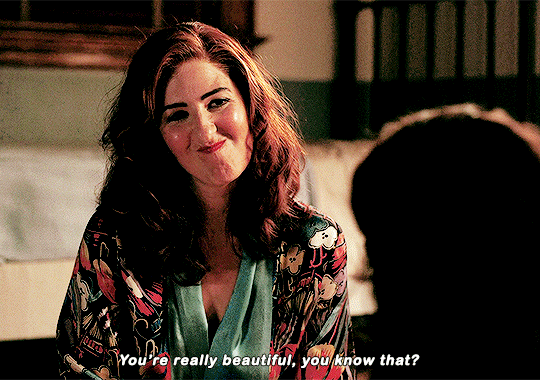


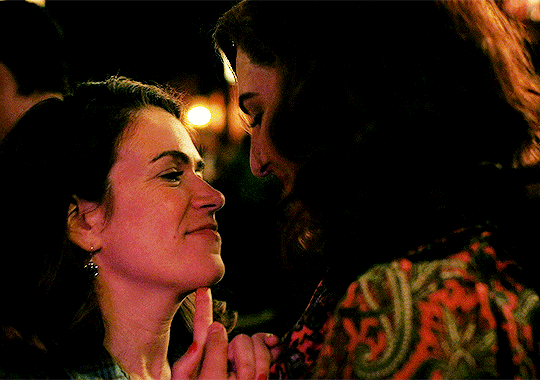
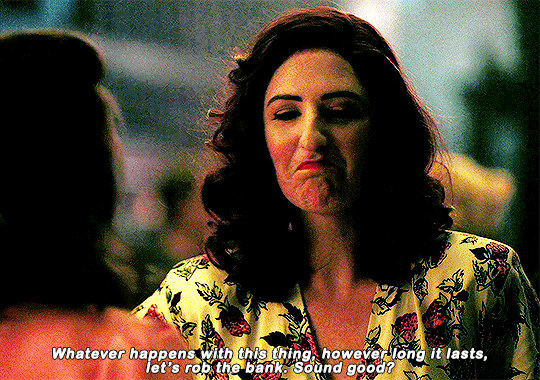

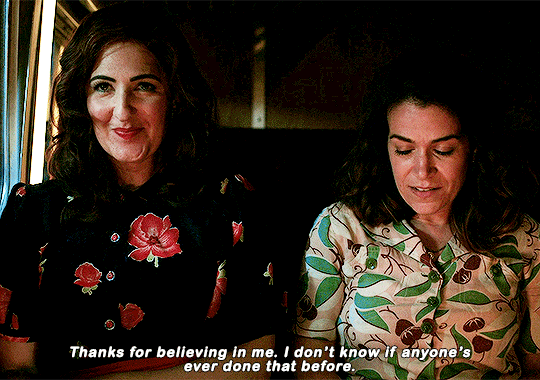
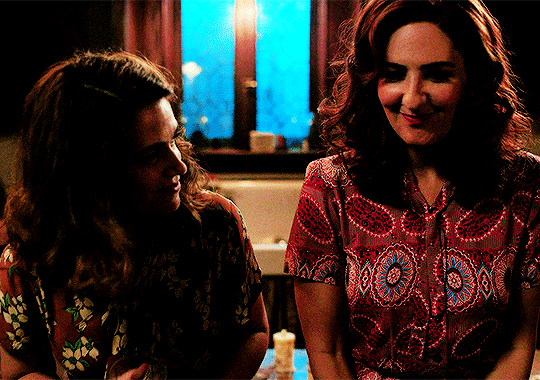
235 FAVORITE SHIPS OF ALL TIME (ranked by my followers)
156. greta gil and carson shaw - a league of their own
931 notes
·
View notes
Text
lmao guess I’m using tumblr again

what the everloving fuck
7K notes
·
View notes
Photo


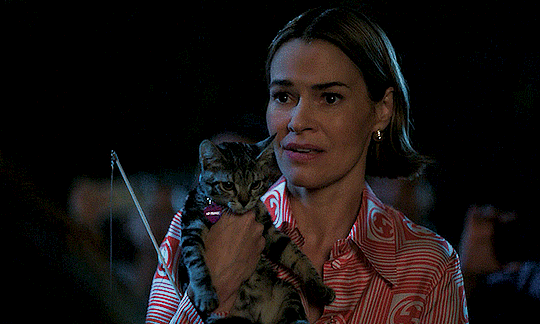
OH MY GOD!
Alice and Tasha in — The L Word: Generation Q
3.09: Quiet Before The Storm
949 notes
·
View notes
Text
For old times sake is actually such a heartbreaking and beautiful sentiment. Like, let’s do it for the love that used to be here. It is reason enough.
81K notes
·
View notes
Text
Get Your Background Characters In Line: How to Straighten Up All of Your Characters

Okay. So, when you are flipping through your novel… more likely scrolling, you might notice a couple awkward side characters. While they didn’t seem that bad while you were writing, you suddenly realize that a lot of them just seem like major creeps. It’s okay. That can be fixed! So, today, I’m talking about how to get your background characters in line! They might be one act characters that come in for a could important lines but really require little to no character development, but if they’re seeming a little funky, sometimes it just helps to do some super quick character sheets. Decide on a few quick things:
Full name (with Nickname, if any)
Occupation
Significant Other
Gender
Physical Description
Role in the Story
Backstory (Keep it simple)
Likes & Dislikes
Quirks
Personality
Once you have this, make sure your little cheat sheet actually makes it into the story, use those details and check the characters one at a time.
If you’re still struggling:
There’s a website I recently discovered that is super helpful : Charahub.com. It’s a website that just makes it easy to keep track of your characters. It can be just for you or you can make it public (I don’t know what that actually means) but on the private settings it’s great! It’s got quick lists, lots of quick random questions, you can add pictures, links to websites, all sorts of things. But I like how it keeps track of everyone.
1K notes
·
View notes
Text
Fleshing out that vague idea
YOU HAVE A PLOT. Well, okay, you have a character. Or maybe just this one cool image. Problem is, that’s all it is, and it’s hard to write an entire novel on a month with just a vague idea.
Now, you might say, “but I’ve worked on my character for so long they’re a wizard/vampire/space pirate rolled into one, how can I possibly fit that into a plot,” and I say to that, weirder books have been published, you’ll be fine. Our main goal is to figure out how to get that sweet space vampire fighting bisexual cyborg into a book you can write in thirty days. Though that seems challenging, never fear, for we are going to give you a working framework with which to move forward with. It goes like this:
A [character type] has [a problem], and [tries to fix it]. However, [plot twist/inciting event] happens, and [deadly complication ensues].
Yes, we are talking about loglines. Don’t groan, I know these are hard. Our goal is simply to end up with a starting point. It doesn’t have to be pretty, or succinct. We are merely trying to find a starting point, so let’s tackle each one by one:
A Character: Your characters are complex individuals, but we’re going to distill them to their most distinctive, plot important aspects. A sixteen-year-old wizard. A trans lady dragonrider. A lonely accountant, etc. Since we’re not trying to sell anything, we can expand a bit and give into cliches. “A eighteen-year-old werewolf with a chip on his shoulder.” “A trans dude with a terrible crush on his married landlady.” “A lonely accountant into the sanguinarian scene.” Etc. Have fun with it.
A Problem: We’ve got two main types, external and internal. External will be the outward issue being dealt with - solving a murder, finding a girlfriend, stopping an asteroid from destroying the moon, etc.An internal problem will be the driving force of the character - needing to fix a broken relationship, facing a fatal flaw, confronting an addiction, etc. Both will be important to driving your plot, so consider how connected they’ll be both in tackling the plot and complicating it.
An Inciting Event: No way back, this it what thrusts your character forward. The discovery that their mother was a werewolf. The loss of an important necklace. Realizing you’re a magical girl in a world where magical girls are evil, etc. You are going to ruin your character’s life, so I advise doing it as gleefully as possible.
A Complication: We’ve got the basics of our plot, now we have to figure out how to keep it moving. Your protagonist’s mother was murdered for being a werewolf, and now they’re after your character too too. The necklace was more than important, the mob desperately wants it back and knows your character was the last person who had it. Your sixteen-year-old wizard has cast a spell to raise the dead, and now the Wizard Council is out to kill her to stop it.
You now have the beginnings of a plot and where it’ll take you. There’s going to be more complications to carry you through to the finish line, and good god don’t stop writing them down if you’re on a roll, but this should at least get you out the gate. Good luck!
2K notes
·
View notes
Text
Worldbuilding Questions: Other* Cultures - a handy list for writers with little time
(*not the main characters')
After my extensive [list of questions for towns and cities] for your main setting, there will also be many countries, regions and cultures mentioned in your project, that aren't central to the plot, that you don't have time to delve into detail about, but that still should feel 'real'.
For this use (or, really, in general, if you don't have much time to worldbuild before you start your first draft), I prepared a list with 10 very rough, basic questions to make your world feel alive:
What is their most important export good or economy?
What was the most important event in their recent history, and how long ago did it happen?
What do people from that place wear and how do they style? Are they distinguishable in a crowd?
What is their language, and is it understandable for your narrator? Do they have an accent?
What are they famous for? (People from there, their humor, their food, their skills at something...)?
Are or were they at war / at the brink of war with other people; esp. with those at the center of your story?
What is their most important difference to your "main" / narrator's culture? (Religion, society, economy...?)
Are representatives of that culture seen often in your setting?
What is something outsiders say about them?
What do they say about themselves?
I recommend thinking about these for your side character's home cultures, as well as for your setting's most important regions and neighboring countries. Five or so might even be enough, just as a handy ressource to make your setting feel alive and real.
805 notes
·
View notes

























